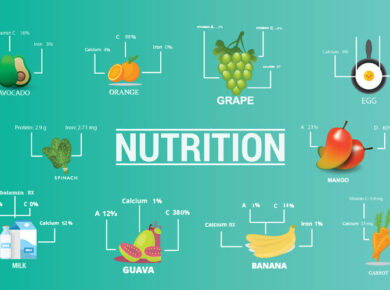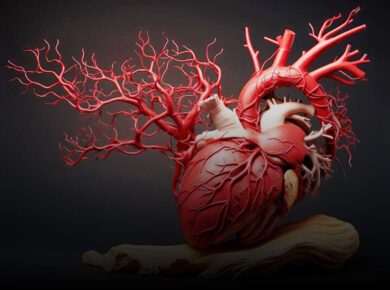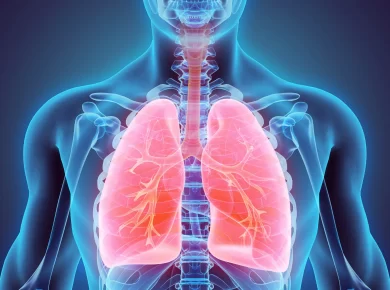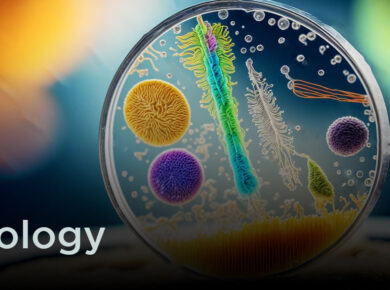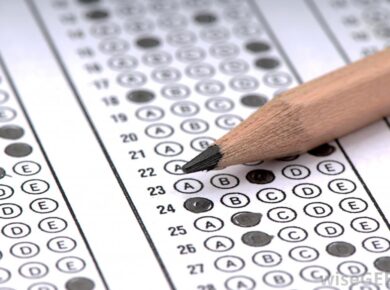Protein
Proteins are the basis of many animal body structures (e.g. muscles, skin and hair). They also form the enzymes that control chemical reaction throughout the body. Each molecule is composed of amino acids, which are characterized by inclusion of nitrogen and sometimes sulphur (these components are responsible for the distinctive smell of burning protein, such as the keratin in hair). The body requires amino acids to produce new proteins (protein retention) and to replace damaged proteins (maintenance).
Related Topics – Vitamins, Minerals
As there is no protein or amino acid storage provision, amino acid storage provision, amino acids must be present in the diet. Excess amino acids are discarded, typically in the urine. For all animals, some amino acids are essential (an animal cannot produce them internally) and some are non-essential (the animal can produce them from other nitrogen containing compounds). About twenty amino acids are found in the human body and about ten of these are essential and therefore, must be included in the diet.
A diet that contains adequate amounts of amino acids (especially those that are essential) is particularly important in some situations: during early development and maturation, pregnancy, lactation or injury (a burn, for instance). A complete protein source contains all the essential amino acids, an incomplete protein source lacks one or more of the essential amino acids.
It is possible to combine two incomplete protein sources (e.g. rice and beans) to make a complete protein source and characteristic combinations are the basis of distinct cultural cooking traditions. Sources of dietary protein include meats, tofu and other soy-products, eggs, legumes and dairy products such as milk and cheese.
Excess amino acids from protein can be converted into glucose and used for fuel through a process called gluconeogenesis. The amino acids remaining after such conversion are discarded.
✅ 25 Key Points on Proteins (For UPSC)
-
Proteins are complex macromolecules made of amino acids.
-
They are essential for growth, repair, and maintenance of body tissues.
-
Proteins are made of carbon, hydrogen, oxygen, nitrogen, and sometimes sulfur.
-
The building blocks of proteins are 20 different amino acids.
-
Essential amino acids cannot be synthesized by the body and must be obtained from the diet.
-
Non-essential amino acids can be synthesized by the body.
-
Peptide bonds link amino acids in a protein.
-
Proteins have four structural levels: primary, secondary, tertiary, and quaternary.
-
Enzymes, which catalyze biochemical reactions, are proteins.
-
Hormones like insulin and glucagon are protein-based.
-
Antibodies (immunoglobulins) are proteins that help fight infections.
-
Proteins are important for muscle contraction (actin and myosin).
-
Haemoglobin, a protein, carries oxygen in the blood.
-
Protein-rich foods include eggs, milk, meat, legumes, soybeans, and nuts.
-
Kwashiorkor is caused by protein deficiency in the diet.
-
Proteins are digested into amino acids mainly in the stomach and small intestine.
-
The enzyme pepsin helps in breaking down proteins in the stomach.
-
Proteins serve as transport molecules (e.g., albumin transports hormones and drugs).
-
Protein is a macronutrient, providing 4 kcal per gram.
-
Structural proteins like collagen and keratin maintain skin, hair, and nails.
-
Globular proteins are soluble in water, while fibrous proteins are not.
-
Denaturation is the loss of protein structure due to heat or chemicals.
-
Protein synthesis occurs in ribosomes using mRNA as a template.
-
Vegetarians can meet protein needs through plant-based combinations like rice and beans.
-
Recommended Dietary Allowance (RDA) for protein is about 0.8g per kg of body weight per day.
For more updates, visit www.iasmania.com. Please share your thoughts and comments.
If you’re passionate about building a successful blogging website, check out this helpful guide at Coding Tag – How to Start a Successful Blog. It offers practical steps and expert tips to kickstart your blogging journey!


